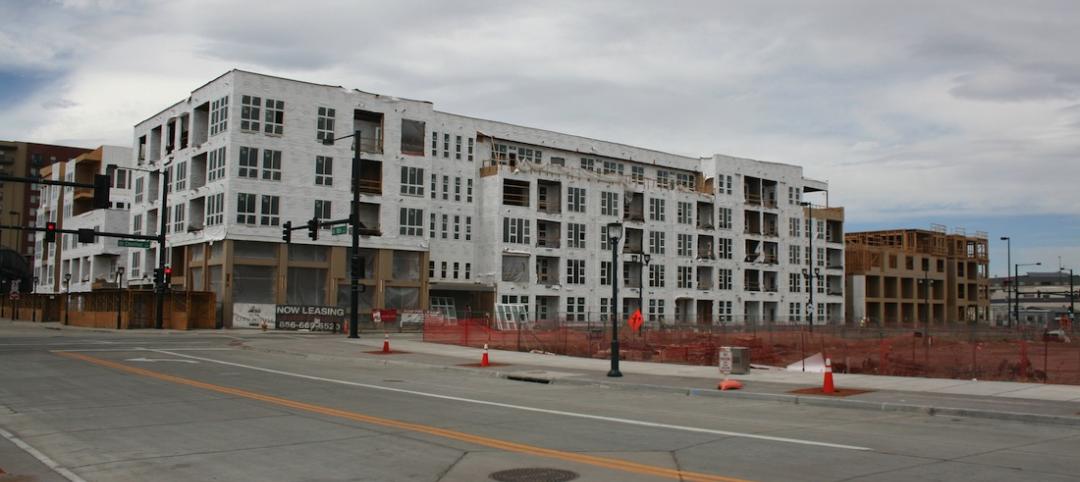Cities and regions can generate profound lasting benefits through investment in downtowns and center cities, according to The Value of U.S. Downtowns and Center Cities: Second Edition report by the International Downtown Association (IDA).
While often small in physical size, downtowns pack a punch. “From driving tax revenue and business activity to spurring smart development and innovative workplaces, downtowns play a pivotal role in the long-term health of a region,” according to a news release from IDA and Stantec, the association’s partner on the report.
The report updates The Value of U.S. Downtowns and Center Cities study released a year ago, with data and analysis that expands the scope to 24 downtowns with urban place management organizations across the United States. Downtown populations continue to grow and their economic prosperity increases as they mature.
Trends identified in this year’s report include:
· Tax revenue increases as downtowns move from emerging to established. Property tax revenue in emerging downtowns averages 11% of citywide property tax revenues, but increases to 32% in established downtowns.
· Downtown population growth far outpaces citywide growth, and it accelerates as downtowns move toward the established tier. Between 2010 and 2016, population grew by 29% in established downtowns, 37% in growing downtowns and 14% in emerging downtowns.
· As downtowns grow more robust, the income of their residents rises relative to the rest of the city. Established downtowns outperformed their cities, with median income at 110% of the citywide figure. This pattern underscores the importance of developing policies and mechanisms for keeping downtown housing accessible to all income levels.
· Downtowns become more concentrated employment centers as their stage of development progresses. Established downtowns have 52% of citywide jobs.
· Downtowns are multimodal hubs that rely less on cars than their cities. Established downtowns have nearly perfect Walk and Transit Scores (96 and 98 respectively).
The report can be downloaded at:
Related Stories
Resiliency | Jan 13, 2016
LEED credits on resiliency expected to influence future of building design
Post-disaster survivability is a key goal.
Codes and Standards | Jan 12, 2016
Batteries are the next step in raising sustainability standards
Battery technology will reduce electricity costs and promote a more stable, flexible grid.
Codes and Standards | Jan 4, 2016
Denver broadens its use of design reviews as construction booms
Support strong, but some wary of giving more say to review boards.
Codes and Standards | Dec 23, 2015
International Code Council approves updates based on NIST study of Joplin, Mo. tornado
Applies to schools and other high occupancy buildings.
Codes and Standards | Dec 21, 2015
Changing building codes to protect against mass shootings at odds with other safety measures
Fire and other emergencies require getting people out quickly, not locking down sections.
Codes and Standards | Dec 18, 2015
Codes should be updated to reflect lessons learned from recent extreme weather events
More can be done to boost resiliency to flooding, extended power outages.
Codes and Standards | Dec 13, 2015
Los Angeles launches ‘Drop 100′ campaign to reduce water use in commercial buildings
Goal is to save 100 million gallons annually.
Codes and Standards | Dec 1, 2015
More than 50 design, construction, and real estate firms urge action on climate change
Call for policymakers to move on one of the ‘greatest economic opportunities of the 21st Century’
Codes and Standards | Oct 26, 2015
Chicago suburb considers bird collision deterrent requirement on all new buildings
The rule would mandate that new commercial, multifamily structures comply with LEED pilot program.
Codes and Standards | Oct 16, 2015
Anchorage may raise building height restrictions that would block precious winter sunlight
Controversial measure is part of plan to spur development.

















